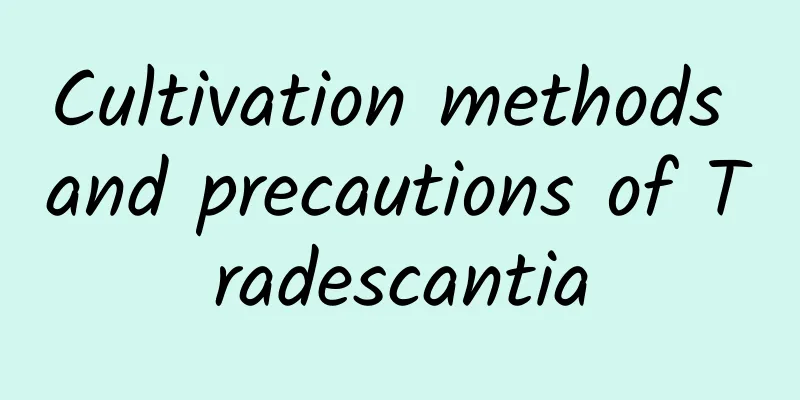How much is the average yield of corn per mu in Northeast China? Normal planting costs and profits

Corn yield per mu in Northeast ChinaCorn yields in the Northeast region vary. The highest yield is in Jilin Province, reaching one ton per mu. The average yield in Heilongjiang is around 1,400 jin, and the average yield in Liaoning Province is around 1,300 jin. Corn Planting Prospects in Northeast ChinaThe yield of corn in the second temperate zone of Heilongjiang is about 1,200 jin, 0.7 yuan per jin, and the gross income is more than 800 yuan. After deducting the cost, it is 300 to 400 yuan. The corn planted in Jilin Province has a yield of 22,000 jin per mu. Calculated at 9 cents per jin, the income is 19,800 yuan. After deducting the cost of 5,000 yuan, the net income is 14,800 yuan. The planting prospects are promising. How to grow corn in Northeast China to get high yield1. Scientific seed selection According to the local light and heat resource conditions, select high-yield, stable, disease-resistant, insect-resistant, highly resistant and high-efficiency varieties. The maturity of the varieties should be appropriate, and the planting in the area should be eliminated to ensure safety and maturity. Pay attention to purchasing high-quality coated seeds to prevent underground pests and diseases and pests in seedlings, and improve the emergence rate and population uniformity. 2. Sow seeds in time Determine the best sowing time based on local temperature, soil moisture and the growth period of the corn variety, and use mechanical sowing in time. After sowing, sprinkle a thin layer of soil on top and water once to promote seed germination. 3. Reasonable density planting According to the characteristics of the varieties and the actual production conditions in various places, the appropriate planting density is determined and a reasonable population structure is constructed to lay the foundation for high-yield fishing. Under general production conditions, there are about 4,000 seedlings per mu. For areas with high soil fertility and suitable irrigation, the seedling density per mu can be increased to 4,500 to 5,000. 4. Control pests and diseases Common pests in the Northeast are corn borers, armyworms, and underground pests, which will affect corn yields. On the basis of using disease-resistant corn varieties and high-quality coated seeds, we will strengthen the dynamic monitoring and prediction of pests and diseases, timely grasp the development trends of pests and diseases, and support green prevention and biological control. |
>>: How many times a year can strawberries be planted and when is the best time to plant them?
Recommend
Only empty pots left after summer? Don’t throw away the old soil, add some of it and it will instantly become fertile and oily!
How to disinfect the old soil in an empty pot? Ol...
Common diseases of nasturtium and their prevention and control methods
Common diseases of nasturtium: mosaic disease Sym...
The history of the development of preserved flowers
The development of preserved flowers in Japan Fro...
Is the bird of paradise suitable for keeping at home?
1. Beautify the environment Keeping a bird of par...
How to repot Euphorbia pilosa
1. Time Selection The repotting of Euphorbia mili...
How to grow blue snow flower in spring
1. Breeding conditions 1. Loam: It likes nutritio...
Flower language and meaning of baby's breath
1. Flower language and meaning 1. Obscurity: Beca...
Do chrysanthemums like the sun?
Chrysanthemums like the sun Chrysanthemum is a su...
Climbing rose cultivation method
1. Soil When breeding, you can use humus, coarse ...
Add a little of it to fermented fertilizer, it won’t stink or attract insects, and will make the flowers grow rapidly and fill the pots!
Sprinkle a little brown sugar and the compost won...
How to care for Jinping Pinus truncatula in winter
Is the vine afraid of freezing? The suitable temp...
How long is the growing cycle of peanuts?
Introduction to Peanut Growth Peanuts have a wide...
Can Christmas cactus be watered with beer water?
Can Christmas cactus be watered with beer water? ...
Can the four-season plum be cultivated hydroponically? The cultivation method of hydroponic rooting
Can four-season plum be cultivated hydroponically...
How to make marigolds flourish
How to grow calendula: starting with seed selecti...









